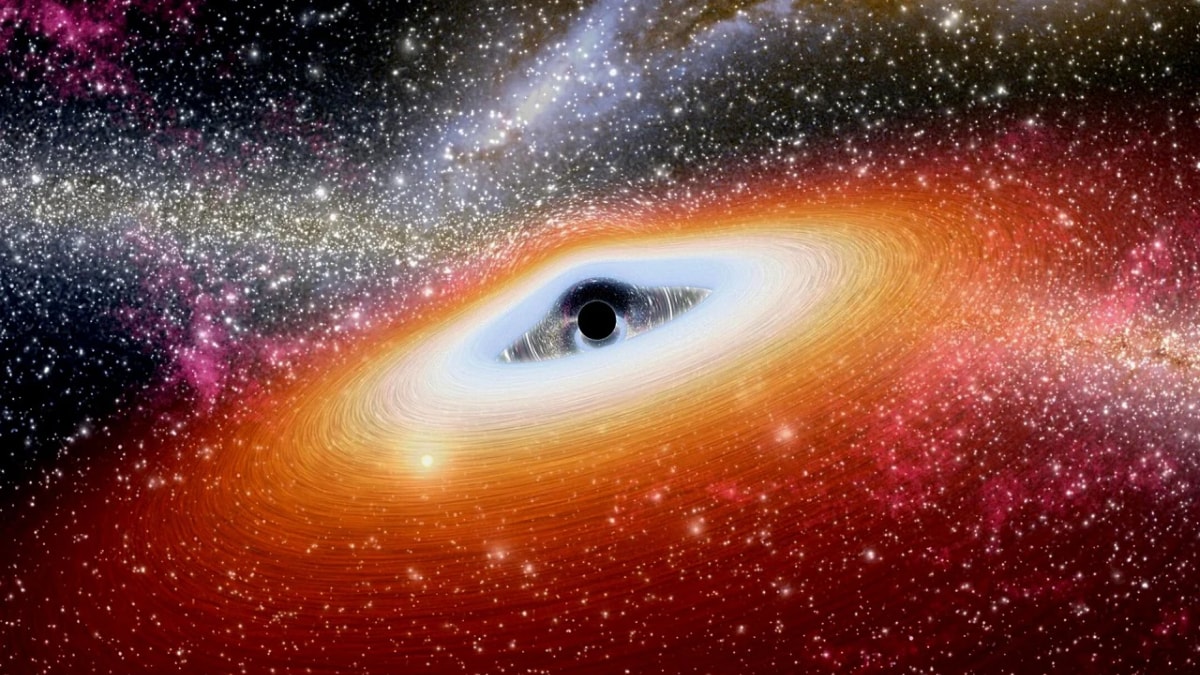This supermassive black hole in the Milky Way is spinning way too fast

Sagittarius A* (pronounced Sagittarius A Star), the supermassive black hole at the center of the Milky Way, is spinning in an unusual way, and scientists now think they know why. Using new data from the Event Horizon Telescope, researchers suggest that this cosmic behemoth likely merged with another black hole billions of years ago. This colossal collision would explain the black hole’s rapid, misaligned spin, which differs from the rest of the galaxy’s orientation.
The role of mergers in the evolution of black holes
Sagittarius A*, located 26,000 light-years from Earth, is a massive object, 4 million times more massive than the sun. Its rapid rotation and strange tilt have long puzzled astronomers, but new research hints at a violent past.
According to a study published in the journal Nature and led by Yihan Wang, an astrophysicist at the University of Nevada, Las Vegas (UNLV), the black hole’s strange spin is best explained by a merger with another supermassive black hole. This event is thought to have occurred about 9 billion years ago and could have drastically changed the spin of Sagittarius A*.
Supermassive black holes are believed to grow not only by absorbing nearby gas and dust, but also by merging with other black holes when galaxies collide. Bing Zhang, a professor of physics and astronomy at UNLV and a co-author of the study, explained that the merger likely occurred after the Milky Way collided with the Gaia-Enceladus galaxy. This adds significant evidence to the theory that black holes can expand by merging with other holes of their kind.
Future discoveries await
Astronomers hope that future space projects, such as the Laser Interferometer Space Antenna (LISA), scheduled for launch in 2035, will provide more insight into the history of supermassive black holes. These tools will detect gravitational waves produced by such mergers, providing further insight into the dynamic evolution of galaxies and their black holes.




